X‑ray Computed Tomography
A picture is worth a thousand tests
X‑ray CT is a non-destructive 3D imaging technique that can reveal internal structures of objects in submicron to micron resolution.
It has become an essential tool in materials and life science in recent years with the recent development of image processing software.
We are here to help you solve research problems through X‑ray imaging.
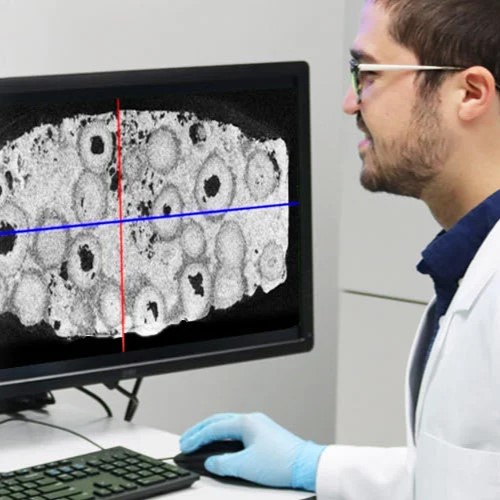
Industry challenges
The application of X-ray computed tomography (CT) to materials and life science and industrial research is relatively new. If you are not familiar with the technique, you are not alone. We are here to help you learn this excellent imaging technique.
What is Micro CT?
You can find everything you need to know about micro CT here, including various resources.
Upcoming events
Attending webinars and seminars is a great way to learn a new technique. You can also attend CT conferences to meet the experts in the field.
Recommended conferences and meetings
Learn the latest imaging technologies and meet experts.
Let's learn together Never used X-ray CT?
Many people have learned what X-ray computed tomography (CT) is, how it works, and where it can be helpful in this webinar series. If you are wondering if this technique is for you or looking for an imaging technique that can help you solve your research and production problems, you can start here.
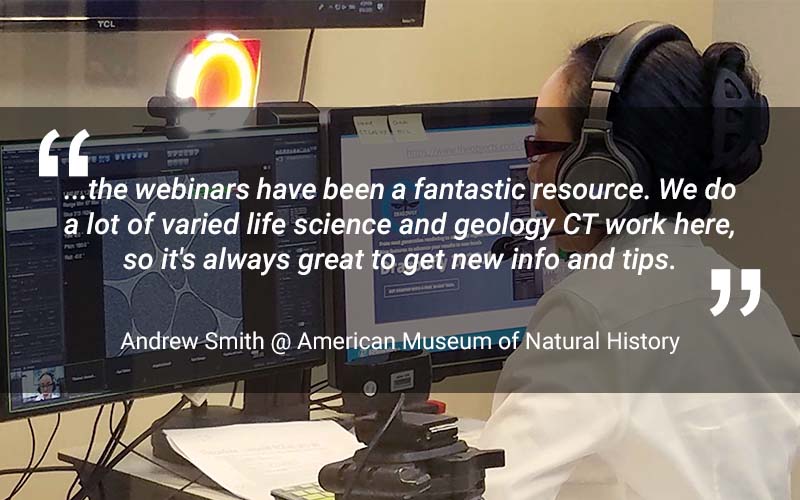
Join our workshops Want to see it in action?
You can see a demonstration of micro and sub-micron resolution CT scanners and image analysis software in this workshop series. We experiment with different scan and analysis conditions the live audience chose, compare the results, and discuss how to improve image quality and analysis results for various samples.
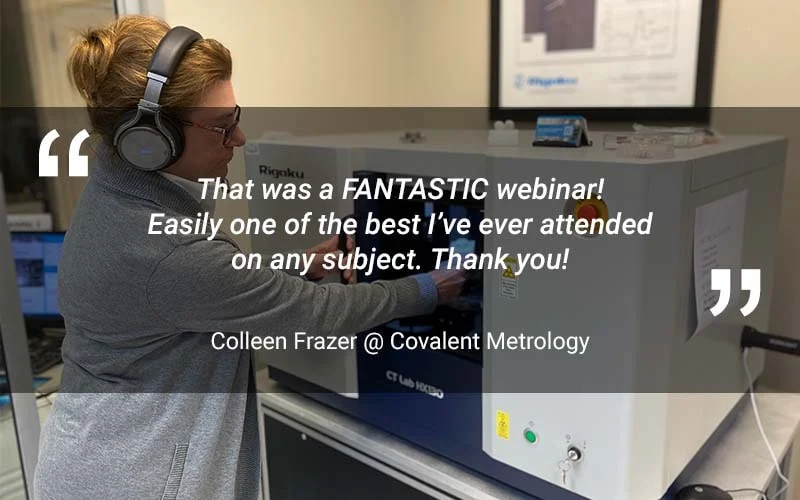
Tutorials, articles, and more
X-ray CT can play a big role in materials and life science in the coming years. We are here to help you get started with tutorial videos, blog articles, and more.
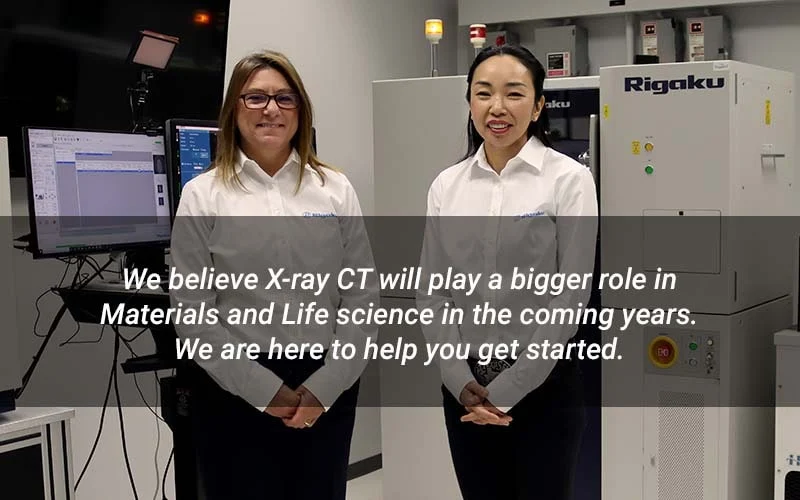
Application Examples
Are you wondering if you can use CT for pore size analysis? Or, if you can use CT to characterize drug tablets, foams, composites, or plastic parts? Explore example analysis results by the analysis techniques or the industries.
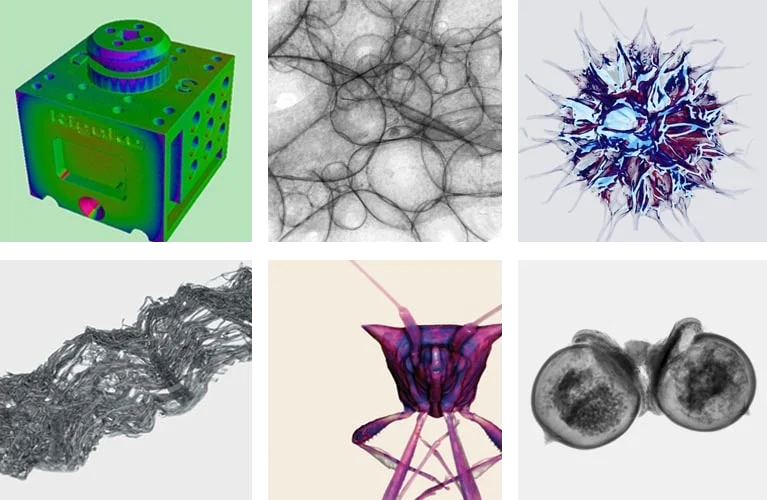
Rigaku CT scanners
You can use Rigaku's research-grade CT scanners for materials analysis that requires micron to submicron resolution.
-

The technical knowledge, professionalism, willingness to answer ours question in a timely manner, is appreciated. My users also enjoy the educational webinars offered on a wide range of imaging subjects.
Read moreGerald PoirierDirectorAdvanced Materials Characterization Lab | University of Delaware -

Very pleasant experience with CT Lab GX 130 and nano3DX. Excellent build quality. Very knowledgeable staff and professional service.
Read moreLeilei Yin, PhDRetiredThis testimonial was given by Dr. Yin when he was employed at The Beckman Institute University of Illinois at Urbana-Champaign. -

Aya Takase at Rigaku has deep knowledge of Micro-CT and is a valuable resource. By sharing her knowledge with us she has been incredibly helpful with the Micro-CT challenges we encounter as a service laboratory. We enjoy learning in her webinars which are excellent sources of applicable information.
Read moreColleen FrazerThis testimonial was given by Dr. Frazer when she was employed at Covalent Metrology.
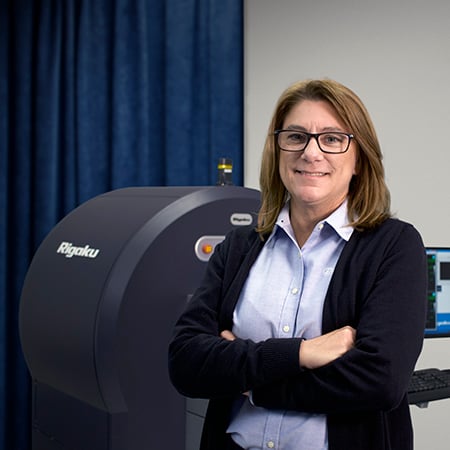
Contact Us
Whether you're interested in getting a quote, want a demo, need technical support, or simply have a question, we're here to help.

Subscribe to the X-ray CT Email Updates newsletter
Stay up to date with CT news and upcoming events and never miss an opportunity to learn new analysis techniques and improve your skills.
